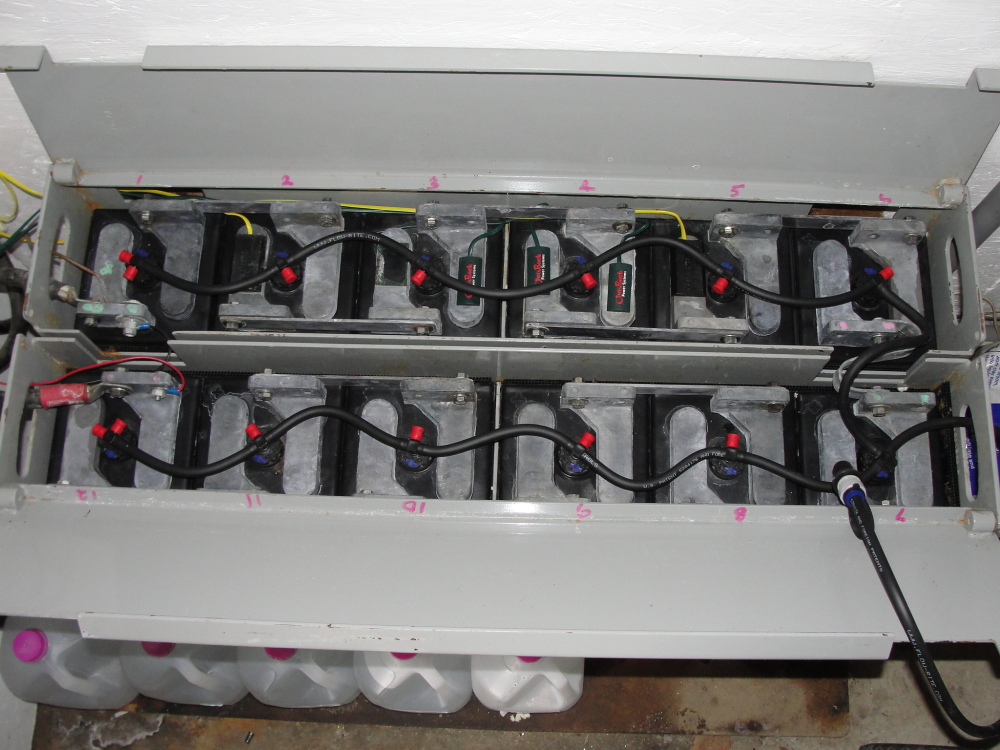I still would have gone AGM...that is the perfect charging profile for them....or at least at the bulk phase.
Most of the older Trace Engineering units had two settings:
GEL = 14.1V Absorption & 13.5V Float
Flooded = 14.5V Absorption & 13.4V Float
They also had a fixed 90 minute absorption which in most applications usually pretty
inadequate before dropping to float.
At 14.5V & 13.4V it can
work for some AGM's but is far from
perfect for others.
AGM Voltages:
Lifeline AGM = 14.4V & 13.4V
Odyssey TPPL AGM = 14.7V & 13.6V
Firefly AGM =14.4V & 13.2V
Mastervolt AGM = 14.4V & 13.2V
Full River AGM = 14.7V & 13.7V
Rolls AGM = 14.7V & 13.7V
East Penn/Deka = 14.6V & 13.6V
US Battery AGM = 14.4V & 13.4V
Trojan AGM = 14.4V & 13.5V
Trojan Flooded batteries:
Trojan Flooded = 14.8V & 13.2V
Each battery maker has slightly different suggestions for absorption & float voltage.
This is why for
optimal cycle life chargers with adjustable absorption, float, temp compensation and an adjustable absorption duration make better choices than simple two or three choice dip switch chargers...

